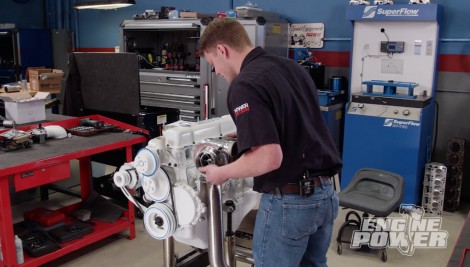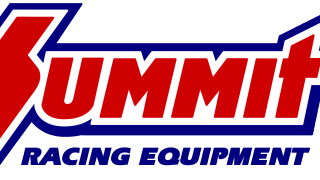
Turbocharged Ford 300 Inline Six Makes Over 500 HP on the Dyno
Ford’s inline six industrial engine gets what you’ve been asking for...a turbo!
Season 8
Episode 14
Hosts: Pat Topolinski, Frankie Forman
First Air Date: August 11, 2021
Duration: 21 minutes 35 seconds










































